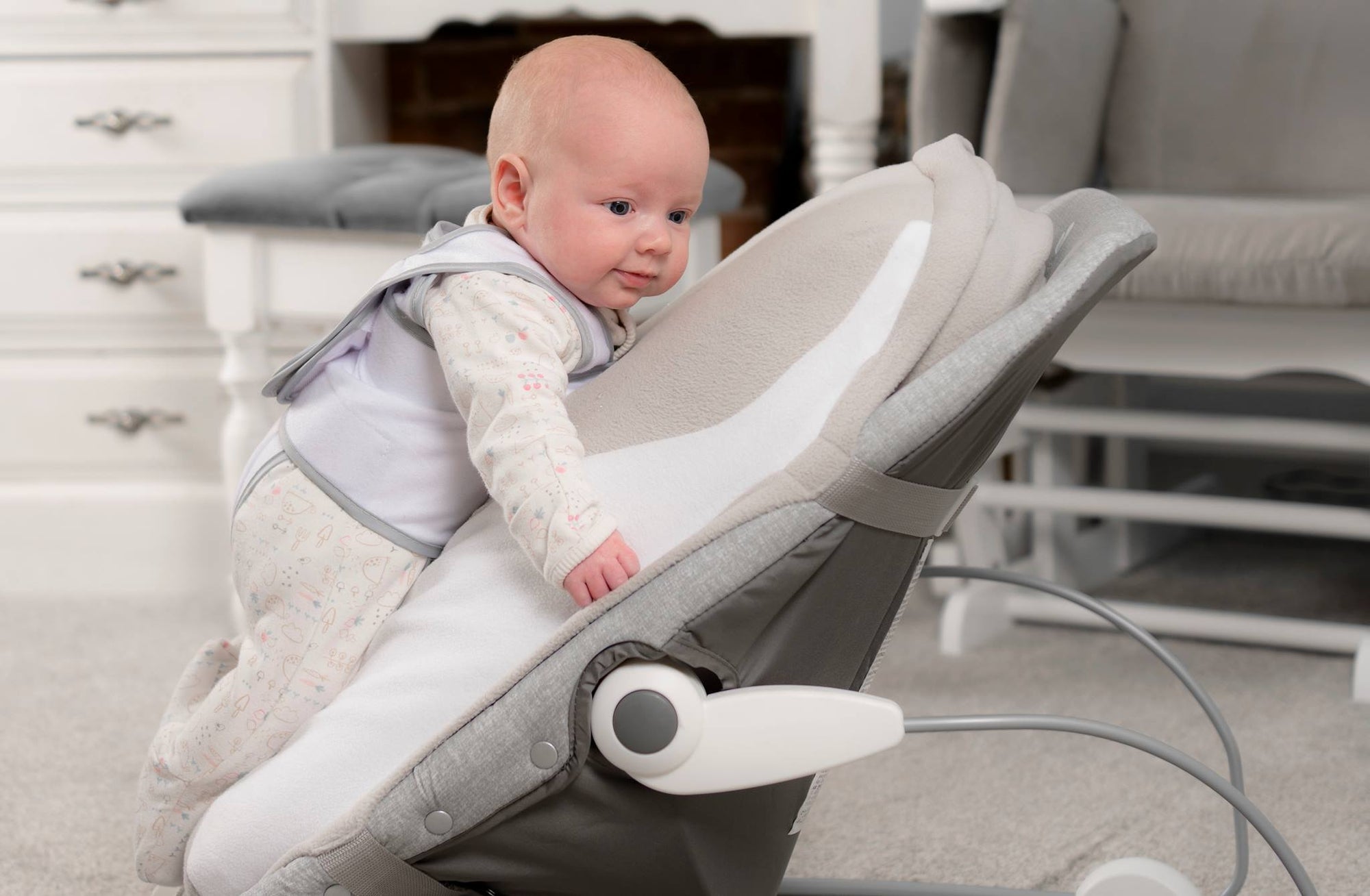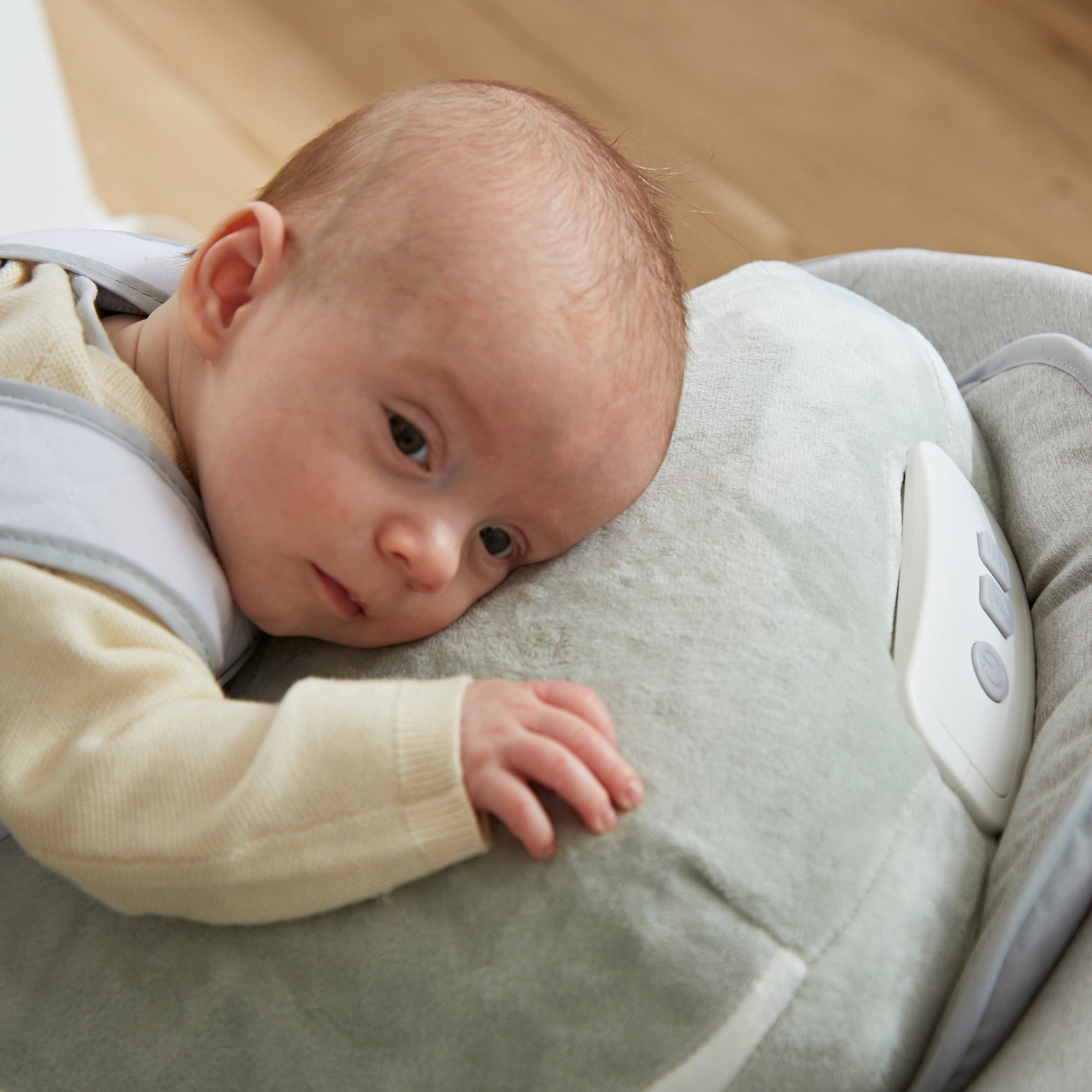It’s hard to believe that colic affects up to 40% of newborns and yet the exact cause of the condition remains unknown. For some newborns, colic comes and goes in a matter of weeks, but for others it can last most of the way through their first year. From a parents’ point of view the condition can have a very negative effect, especially for first time mothers and fathers. It is understandable that parents feel responsible for their baby’s happiness and well-being so an unhappy baby often leads to to feelings of frustration and helplessness for the parent.
At babocush.com our message to parents is, don’t despair - there are steps you can take to ease the side effects of colic.
Signs of colic
Firstly, colic can present itself in many different forms but mostly it is through crying. The crying will often last longer than regular bouts of tears and the sound will be higher pitched. At worst, some crying fits will last for hours, putting pressure on parents and even resulting in anxiety. Other signs of colic present themselves in movement and facial expressions. Some babies will lift their legs towards their stomach and their movements will appear awkward. The jolting in the legs will often be accompanied by clenched fists and stiff movements. Your newborn may also show signs of discomfort in their facial expressions. A flushed face and wrinkled brow can both be indicators of colic.
Diet
While there is no official reason given for colic, the condition is often associated with dietary discomfort. The latest studies seem to show that food allergies can lead to colic in both bottle and breastfed babies and some parents have made the switch from breast milk to formula on the back of this advice. Colic is also linked to meal times because parents have reported crying fits often begin after feeding. Recent studies have linked the condition more often to milk, than gaseousness as previously thought. Despite this, a gassy baby can be hard to differentiate from a colicky one when they are crying fitfully.
Relief
Unfortunately, there is no magic formula or single technique known to relieve a colicky baby. If dietary struggles are the source of your baby’s discomfort, you can take steps to combat this. Switch one feed into a series of smaller feeds, and bring wind or trapped gas up throughout meals to allow sufficient time for food to be properly digested.
Comfort is a very serious consideration when tackling colic and the babocush offers a unique form of comfort. As well as allowing your baby to rest comfortably on their stomach and the chance to relax their arms and legs, the cushion offers emotional comfort. The vibrating heart simulator is soothing and calming – much like the experience of being held against your chest, except by using the babocush you can free your hands up for a few moments. Addressing physical and mental discomfort can be the two-pronged solution that eases the effects of colic for both parent and baby.
For more info on the babocush infant comfort cushion, read our FAQs and see how this unique design can offer contentment to colicky babies and their families.


